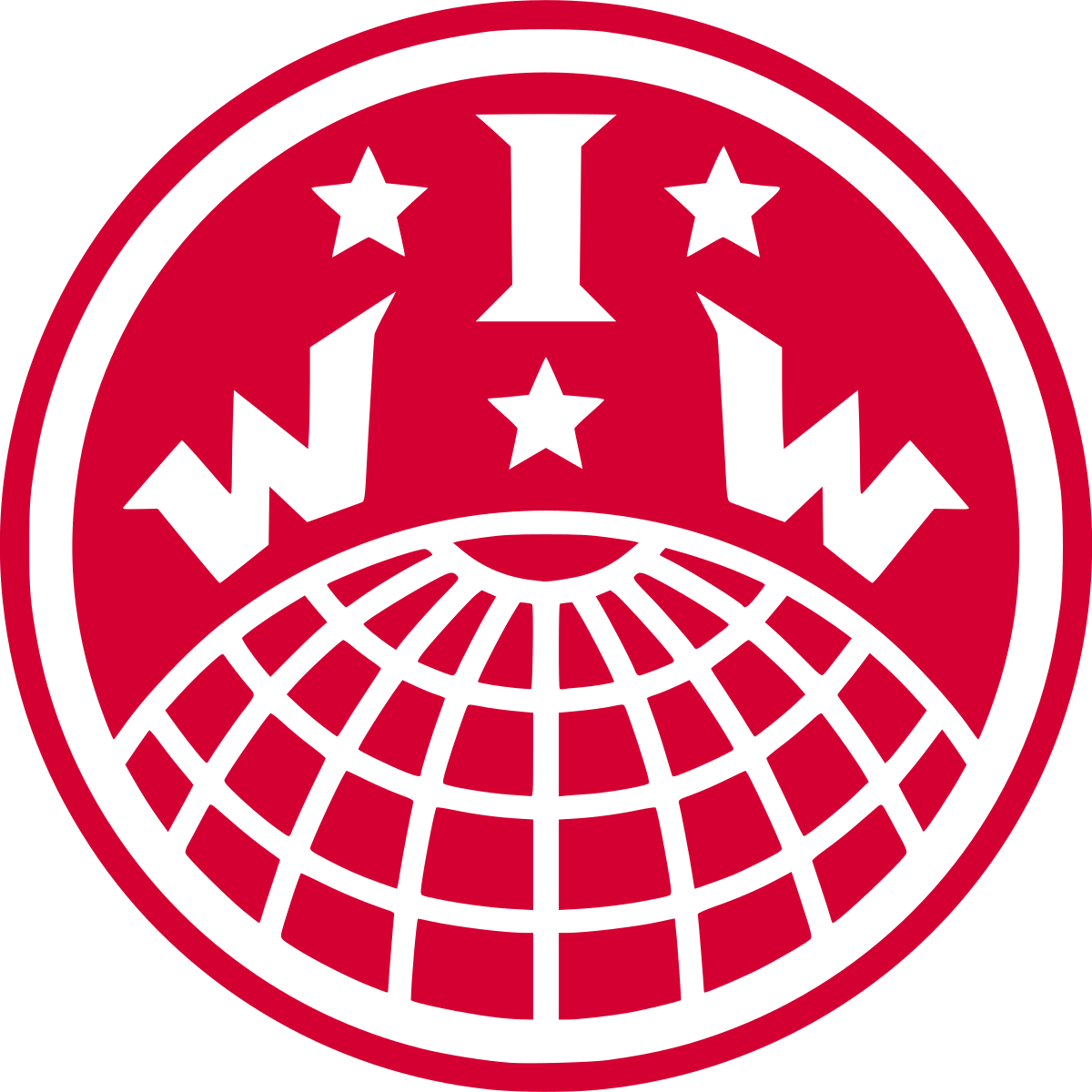At the beginning of the 20th century, Chilean workers had no social or labor legislation that favored or protected them. It was they themselves, through mutual benefit societies, resistance societies and mancomunales, who organized themselves to protect their associates and promote proletarian solidarity.
The Federación Obrera de Chile (FOCH) began as a grouping of railroad workers with a mutualist orientation linked to the Democratic Party. In the mid-1910s, saltpeter workers began to join and it acquired a national character. Likewise, the Democratic Party lost influence when the revolutionary ideas of the Socialist Workers Party led by Luis Emilio Recabarren, who later became the Communist Party, were imposed on the organization, and the Federation assumed an anti-capitalist and revolutionary attitude that was strongly manifested in the social mobilizations that characterized the 1920s.
However, the enactment of the social laws and the Labor Code, between 1925 and 1931, radically changed the conformation of the labor movement and workers' organizations. From then on, the unions and their federations debated whether to accept the new legislation and submit to its rules, as was the case of workers and employees in the state sector and large companies, or to continue with the classist and revolutionary discourse. The leadership of the workers' movement, which adhered to the latter line, was divided between three large organizations: the FOCH, linked to the Communist Party, the CGT (National Confederation of Workers), of anarchist inspiration, and the CNS (National Confederation of Trade Unions), of socialist origin.
In 1934, the violent repression by Arturo Alessandri's government of a national railroad strike was reacted by the unity of the different workers' organizations. Thus, the Unified Command that emerged from the strike was transformed into a Trade Union Unity Front, which organized a Trade Union Unity Congress in December 1936, giving rise to the Confederation of Chilean Workers (CTCH).
The strength acquired by the new workers' organization allowed them to form part of the political alliance that supported the candidacy of the radical Pedro Aguirre Cerda in the 1938 presidential election. The triumph of the Popular Front gave the CTCH a direct link with the new government, which, although it allowed it to grow as an organization, would later be the cause of its division and loss of prominence.
Indeed, at the end of the 1940s, the workers' movement, which was strongly linked to the Communist Party through the Confederation of Workers of Chile, was strongly repressed and weakened by the government of Gabriel Gonzalez Videla when he enacted the Law for the Defense of Democracy or "Damned Law". Consequently, the leadership of the workers' movement was taken over by employee organizations, especially in the public sector, which through the leadership of Clotario Blest managed to organize a new workers' confederation in 1953: the Central Unitaria de Trabajadores (CUT).
Chile: anarchism, the IWW and the workers movement
Megathreads and spaces to hang out:
- 📀 Come listen to music and Watch movies with your fellow Hexbears nerd, in Cy.tube
- 🔥 Read and talk about a current topics in the News Megathread
- ⚔ Come talk in the New Weekly PoC thread
- ✨ Talk with fellow Trans comrades in the New Weekly Trans thread
reminders:
- 💚 You nerds can join specific comms to see posts about all sorts of topics
- 💙 Hexbear’s algorithm prioritizes comments over upbears
- 💜 Sorting by new you nerd
- 🌈 If you ever want to make your own megathread, you can reserve a spot here nerd
- 🐶 Join the unofficial Hexbear-adjacent Mastodon instance toots.matapacos.dog
Links To Resources (Aid and Theory):
Aid:
Theory:


My attention span is fried and I can’t read books anymore